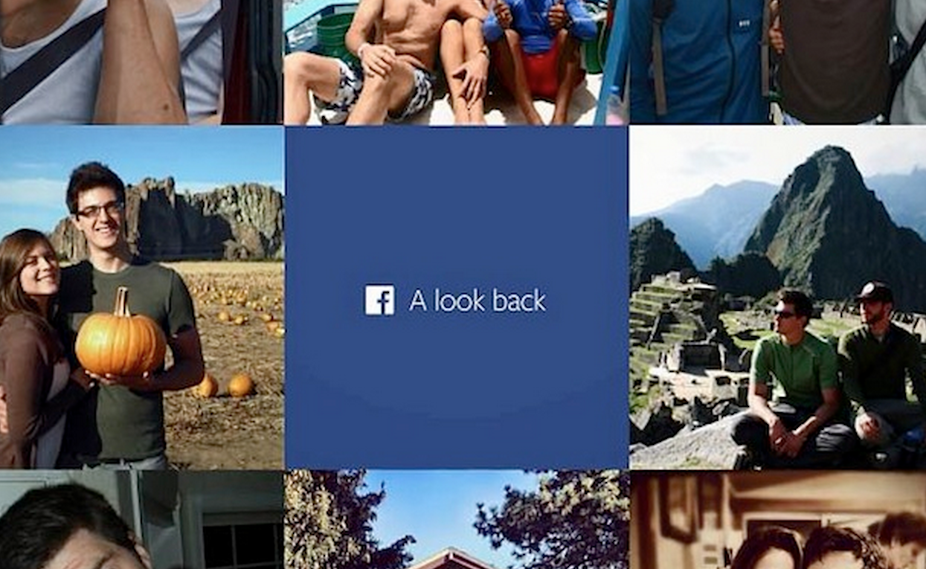Are you one of the thousands of people around the world who recently created a “look back” Facebook movie? Did it make you cry? Or maybe laugh at your wacky life?
The videos are a new feature available to Facebook users, developed to celebrate the social network’s 10th anniversary. The program uses photos and activity from your Facebook feed to create a one-minute movie, accompanied by music that gets you emotionally involved.
But this wasn’t just for fun. The movies are examples of a clever contemporary technique used by marketers to build loyalty for declining brands.
Marketing scholars call this particular promotional tool “co-creation”, and it’s part of a bigger toolbox of significantly more subtle techniques used by marketers to get you to buy their products and support their brands.
But more importantly, this new tactic is designed to normalise the idea that consuming their products is just the way things are; a part of everyday life.
As the world of media has become increasingly fragmented, marketers have developed a number of tactics and channels that blur the lines between editorial content and advertising, information and entertainment.
Most of us don’t notice when we’re being marketed to
People of all backgrounds – despite the belief that they are in control of their decision-making – are unlikely to know when they are exposed to marketing material, and therefore, less likely to be in a position to defend themselves against subtle marketing tactics.
Co-creation is a useful technique where companies engage consumers in a variety of fun, engaging and creative opportunities, such as making a movie, designing a song, coming up with a name or logo or even the creation of new products.
Similarly, the use of multiple marketing channels or “touch points”, such as online media, product placement, in-game advertising, and sponsorship of “grass-roots” sporting events, all coordinated in an integrated way, have been widely adopted.
These subtle tactics all depend on forms of “cultural camouflage” for their success, by normalising what is essentially commercial activity. And the reality, despite your protestations, is that most of us don’t notice when we are being marketing to. Indeed, these subtle marketing tactics would defeat their own purpose if they exposed their intent or called overt attention to their presence.
The best marketing, from a marketer’s point of view, is marketing that isn’t noticed, but has an effect on consumer behaviour.
But subtle marketing tactics suggest a power imbalance where one party (the marketer) knows the motive of the promotional activity, while the other (the consumer) may not.
The resources required by companies to research, develop and embed subtle marketing tactics – not only financial and informational resources, but understanding and accessing the processes of cultural production – further highlights this imbalance.
So, whether it’s Facebook, Coca-Cola, Nutri-Grain or even Freddo Frog, these techniques have just become part of the broader cultural landscape, or what Chris Preston from Queen Margaret University in the UK refers to as “cultural wallpaper”.
As a consequence, we voluntarily and unintentionally submit to this messaging, and accept the new landscape as normal, common sense, and ultimately unquestioned.
Giving power back to consumers
So, what can we do about it? Of course, people should be responsible for their decisions. But when the balance of power is ridiculously tilted towards industry – with significant resources at their disposal to influence behaviour without us really being aware of it – arguments around personal responsibility tend to be naïve and lacking any sense of the actuality of the modern world.
Indeed, when programs are developed to provide people with even a small degree of power in the equation, such as giving consumers access to comprehensible and easy to understand information, it seems that “industry impacts” take precedence over consumer benefits and protection.
A more sensible approach should simply deal with both the reality and the evidence. Recognition from all sectors – industry, government and advocates – that these techniques are used and effective is a first step. A second step would be to consider the consequences of these marketing techniques at a whole of society level.
These “under the radar” techniques, the nature of the products involved and the broader sociocultural conditions that support marketing and its role in society present unique implications for our well-being.
A better understanding of the expressions and processes used for these marketing tactics will help advocates in the consumer (and public health) space and policy makers more effectively address marketing’s role in our culture.

